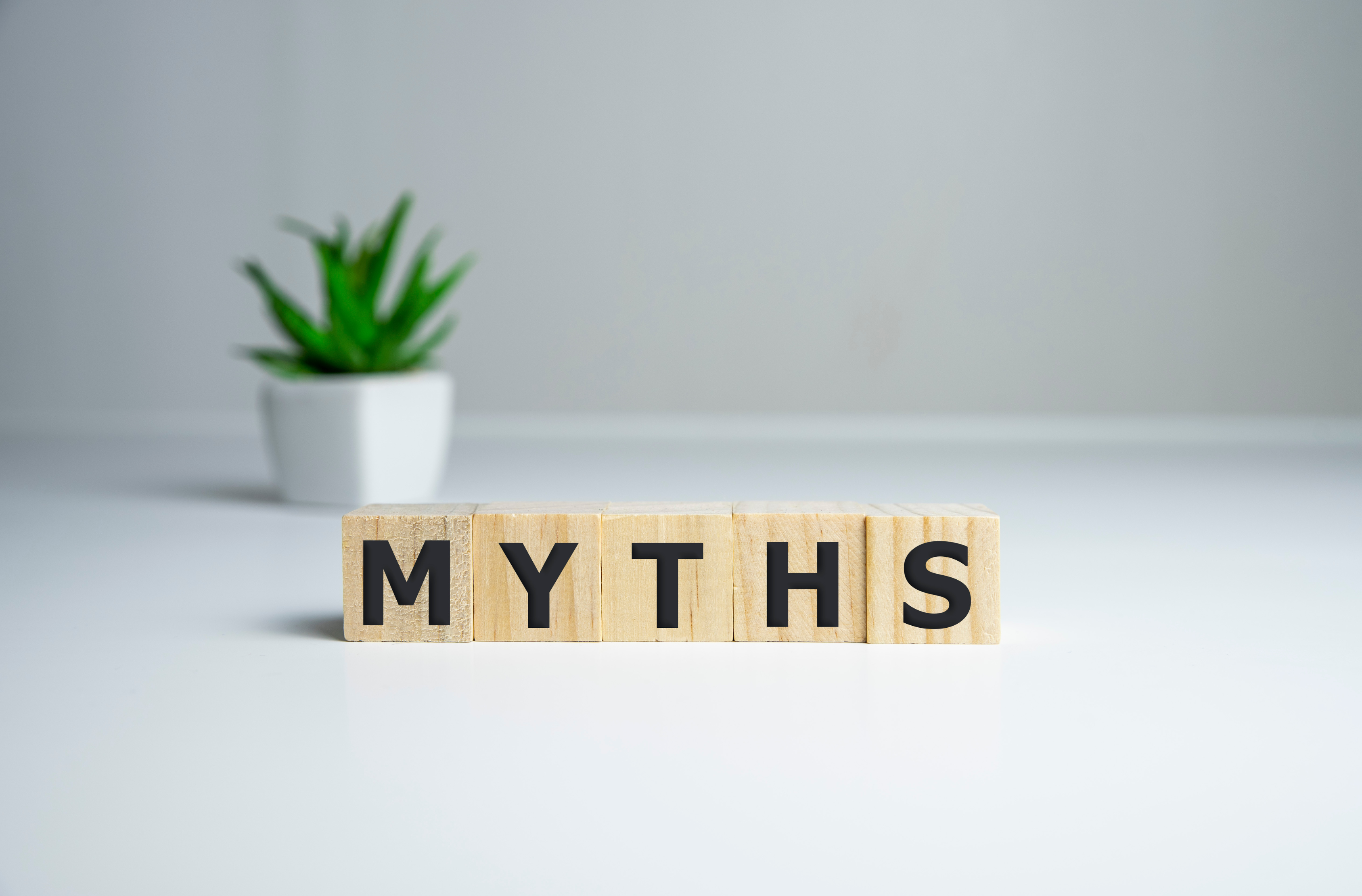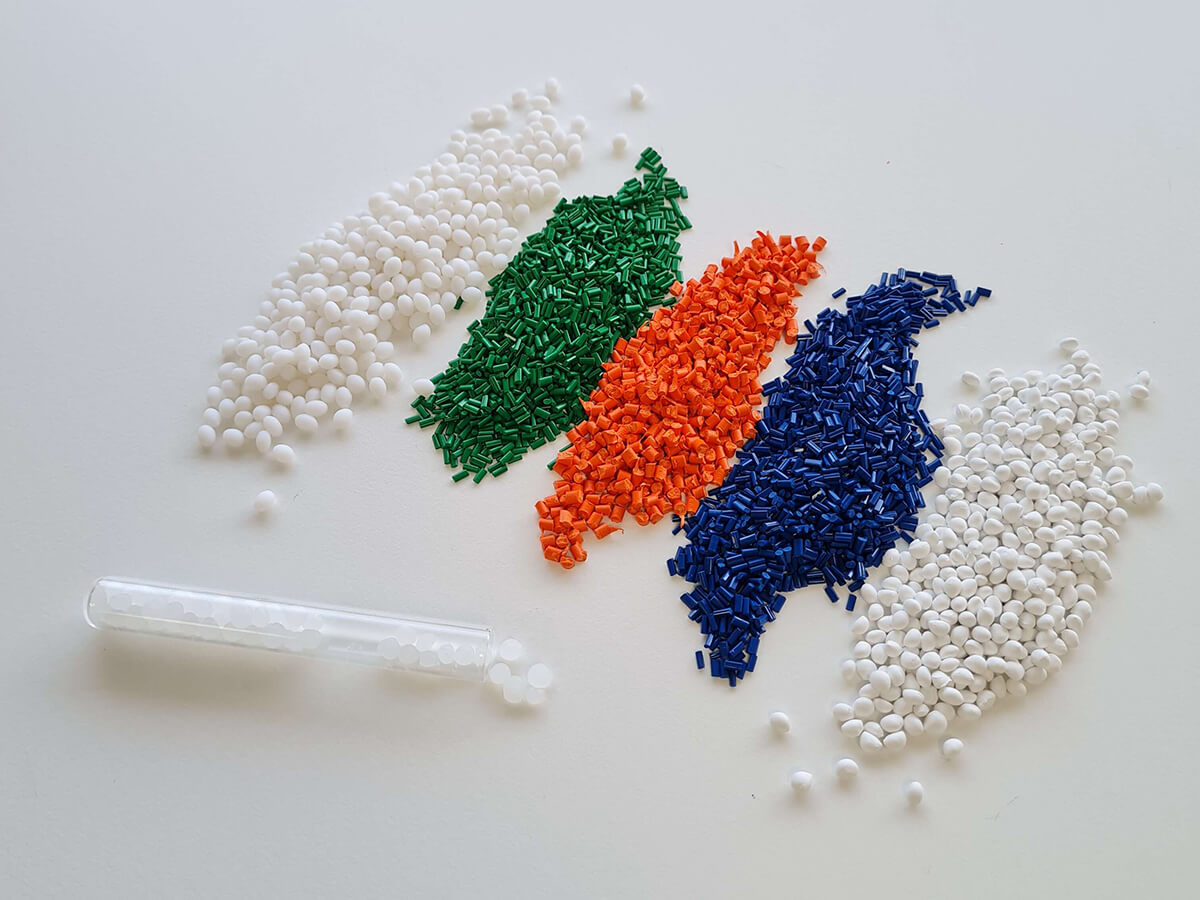
The myths of biodegradation in bioplastics
As advocates of sustainability and bioplastics, it is crucial to address the myths surrounding biodegradability in these materials. Biodegradation is a key characteristic, but its often misunderstood.
Here we dismantle some common misconceptions:
Myth 1. All bioplastics are biodegradable
One of the most common myths is that all bioplastics are inherently biodegradable. Yet, this is not the absolute truth. Biodegradability in bioplastics does not depend on the source of the material, but on its chemical composition.
Some bioplastics are not biodegradable at all and behave similarly to conventional plastics. Therefore, it is essential to verify the biodegradability specifications of each material.
Myth 2. Biodegradability always means compostability
This is another of the most common myths. But biodegradability and compostability are not synonymous. Biodegradability refers to the ability of a material to decompose in certain natural conditions or natural environments such as seawater, soil or freshwater.
Compostability, on the other hand, is a specific and rigorous certification. Compostable products must meet international standards, such as EN 13432, and undergo industrial composting or home composting processes.
Myth 3. “Oxo-biodegradable” plastics are bioplastics
This is misleading. Oxo-biodegradable plastics are not bioplastics, but rather conventional plastics mixed with additives to simulate biodegradation. In reality, these products do not meet compostability standards and are not considered bioplastics.
Bottom line:
It is therefore essential to clarify the myths of biodegradability in order to better understand the role of bioplastics in sustainability.
At Prime Biopolymers we are convinced that true sustainability lies in understanding the differences between the various families and characteristics of bioplastics and focusing on materials and products that meet rigorous standards.
Innovation in bioplastics can be a catalyst for a more sustainable future, as long as we are well informed and backed by scientific evidence and reliable certifications.







